
Cervical spondylosis is a common and frequently-occurring disease. In recent years, its incidence has increased.

In everyone’s perception, only when the neck is uncomfortable can we be wary of cervical spondylosis.
In fact, many symptoms that seem unrelated may also be cervical spondylosis.
In addition to cervical spondylosis, cervical lesions can also cause some syndromes. What is the matter with cervical syndrome?
What kind of posture do you like most for cervical spondylosis?
The cervical spine is located between the skull and the thorax. There are intervertebral discs between the vertebral bodies. There is a spinal canal in the center of the vertebrae. Various neurological symptoms.
Common postures caused by cervical spondylosis include long-term fixed neck posture, long-term over-load of the neck, excessive neck movement, neck trauma, poor sleeping posture, improper pillow height, improper sitting or standing posture, etc.
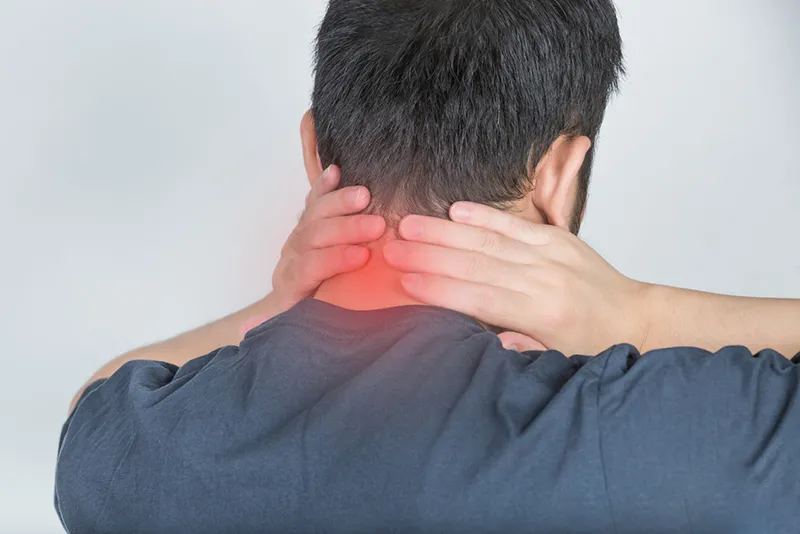
Compared with cervical spondylosis, the more terrifying thing is that the physiological curvature becomes straight. This is because the normal physiological curvature of the cervical spine has a cushioning and shockproof effect, which is of great significance to the protection of the brain.
Patients with cervical spondylosis generally have a pattern from acute attack to remission, re-attack, and re-remission.
Most cervical spondylosis can be restored to the previous physical state after comprehensive measures such as effective treatment and lifestyle changes.
What is cervical syndrome?
Cervical syndrome, including cervical hypertension, cervical angina, cervical visual disturbance, cervical gastric syndrome, cervical vertigo, cervical breast pain, dysphagia, etc.
1. Cervical hypertension
Cervical spondylosis → Insufficient blood supply to the vertebral-basal artery → Stimulate the sympathetic nerve of the neck → Cervical hypertension.
In addition to the general symptoms of cervical spondylosis, the patient has abnormal blood pressure, headache, and dizziness.
After the symptoms of cervical spondylosis are controlled, blood pressure drops accordingly.
2. Cervical angina
Cervical spondylopathy → stimulation of the heart sympathetic nerve or the fourth cervical nerve root innervating the diaphragm and pericardium → angina pectoris.
Pressing on the tender area near the cervical spine can induce angina; the head being in a certain position and posture can aggravate the symptoms, and change the position to reduce the symptoms.
The general treatment of angina pectoris is ineffective, but the treatment of cervical spondylosis can have obvious effects.
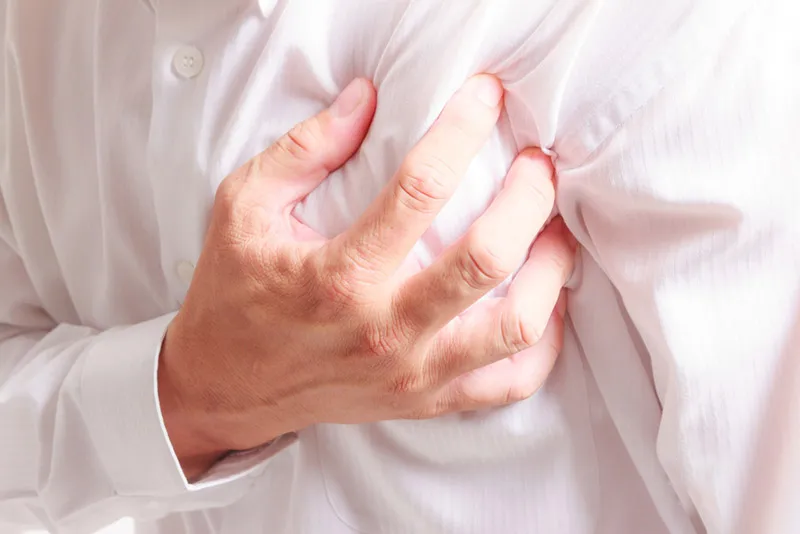
3. Cervical vision disorders
Cervical spondylosis → autonomic nervous dysfunction, insufficient blood supply to the vertebral-basal artery → cervical vision disorder.
The characteristic is that the eye symptoms are obviously related to the neck posture. When the head is in a certain posture, the eye symptoms and the general symptoms of cervical spondylosis are aggravated.
The cause of the disease is related to autonomic dysfunction and insufficient blood supply to the vertebral-basal artery, and there is often no obvious change in eye examination.
4. Cervical and stomach syndrome
The autonomic nerve, also called the visceral nerve, is divided into the sympathetic nerve and the parasympathetic nerve, also called the vagus nerve.
Sympathetic nerve excitement→suppression of gastrointestinal secretion and peristalsis→dry mouth, lack of thought of eating, abdominal discomfort, hiccups, dull pain in the upper abdomen and even nausea and vomiting.
Parasympathetic nerve excitement → increased appetite, heartburn, acid reflux, belching, pain during hunger, and can be relieved after eating.
5. Cervical vertigo
Cervical spondylopathy→Insufficient blood supply to the vertebral-basal artery→Cervical vertigo.
It is characterized by the occurrence, development, and aggravation of vertigo, which is directly related to neck movement or posture changes, especially when it is induced or aggravated when the head or neck rotates suddenly. Turning to one side can easily lead to seizures, while turning to the opposite side can cause seizures. Relieve symptoms.
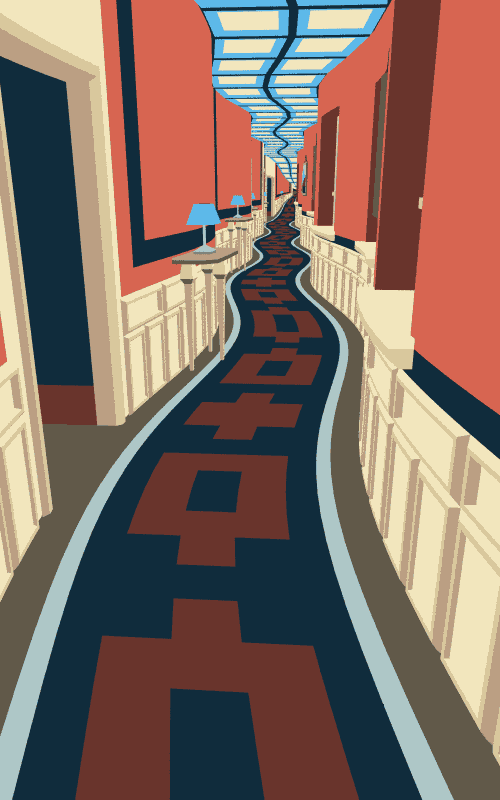
6, neck breast pain
Cervical spondylosis→stimulation of innervated nerve roots→cervical breast pain.
Most are unilateral, and it is more common in middle-aged and elderly women with cervical spondylosis.
There are many pains and discomforts around the area, but the heart, lung and breast examinations are usually normal.
7. Difficulty swallowing
Cervical vertebral body bone hyperplasia speed is too fast, osteophytes are too large → compression of the esophagus close to the front → inflammation, edema → cause stenosis → dysphagia.
In addition, cervical spondylosis can also cause headaches, toothaches, trigeminal neuralgia, speech and hearing problems, insomnia, asthma, urination disorders, dysmenorrhea, constipation, etc.
The corresponding treatment method can be carefully selected according to the patient’s condition. Generally speaking, non-surgical treatment should be adopted first, and surgical treatment is only selected when non-surgical treatment is ineffective.
How to prevent and treat cervical spondylosis?
1. Take a proper rest
In severe cases, stay in bed for 2-3 weeks, but not too long; in mild cases, relax the neck muscles and reduce the pressure on the cervical intervertebral disc.
2. Adjust your mentality and actively treat
Cervical spondylosis has a long course and often recurs, which directly affects mental health. Non-surgical or surgical treatments should be actively adopted to avoid delaying the condition.
3. Choose the right pillow
Pillow length: 40-60 cm.
Pillow height: It varies from person to person, it is better to be as high as the individual’s fist.
Pillow core: it should be finely crushed, soft, with certain hardness and air permeability, and can be filled with cereal husks, buckwheat husks, mung bean husks, etc.
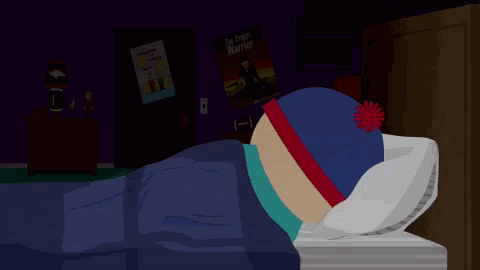
4. Choose the right bed
The wooden bed can maintain the balance of the spine.
The brown trampoline has good air permeability, softness and elasticity, which is more suitable.
The Simmons bed has a Simmons bed that conforms to the characteristics of the human body curve, which is more suitable.
The air bed, sand bed, and water bed continuously adjust the negative point of the body through the flow in the mattress, so that all parts of the human body meet the requirements of biomechanics, and maintain the normal physiological curve of the neck and lumbar spine, which is very suitable.
The heated kang, hyperthermia is beneficial to relax muscles and relieve pain.
5. Choose the right sleeping position
Generally speaking, as long as it does not affect or increase the burden on the heart, does not cause the deformation of the head, neck and spine, it can relax the muscles, and the sleeping position that is conducive to rest is reasonable.
6. Change your fixed posture habits
For people who work at the desk for a long time, adjust the height of the table and chair to match, and try to avoid excessive bowing of the head and neck.
During long hours of work, remind yourself to do short-term neck bends, back extensions, and left-right rotations to avoid neck muscle fatigue.
When maintaining a sitting position, you should relax your neck muscles and maintain the natural state of the cervical spine.
Of course, if you have time, it is best to do cervical spine exercises.
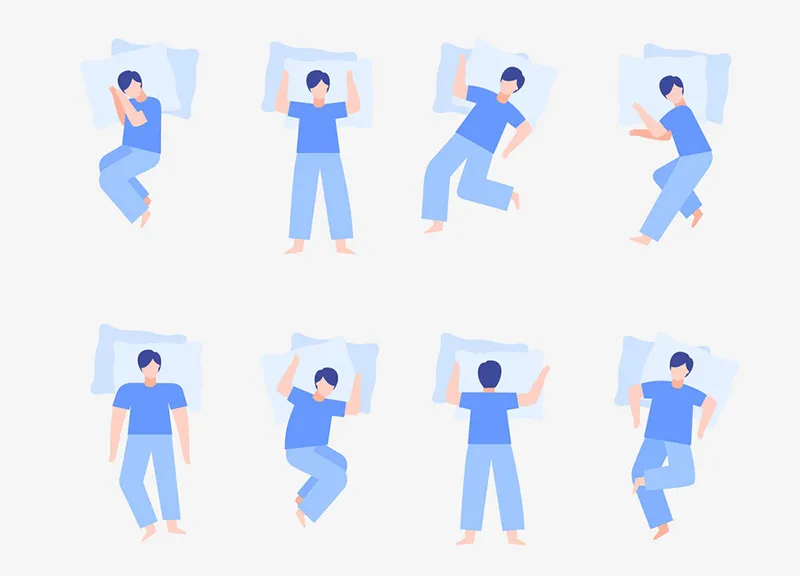
7. Adjust your diet
In addition to a reasonable diet, food should be properly supplemented with protein and multiple vitamins, such as milk, soybeans, sesame, and sweet potatoes.
8. Prevent inflammation of the upper respiratory tract
Keep the mouth clean to prevent inflammation from spreading to the neck and joints.
9. Quit smoking and drinking, strengthen exercise, and improve overall quality.
Comments